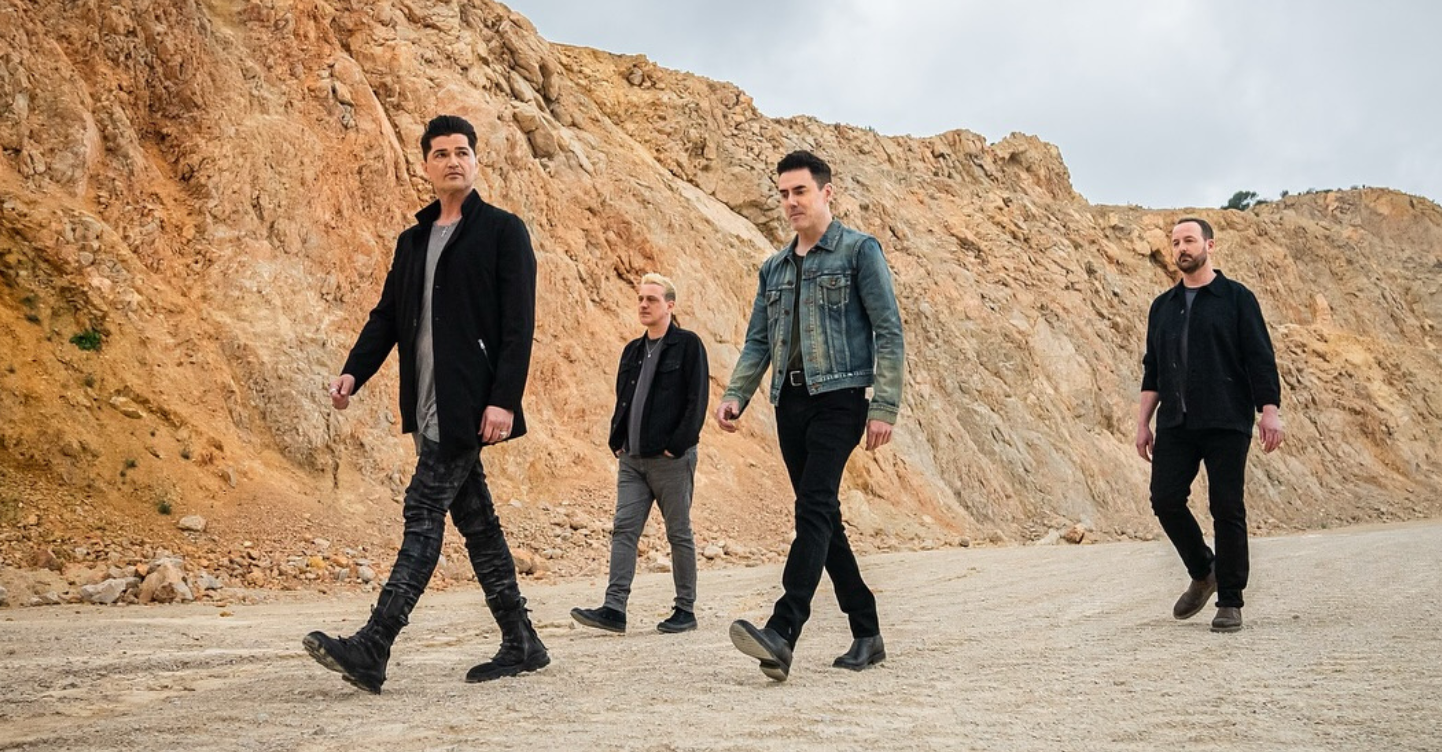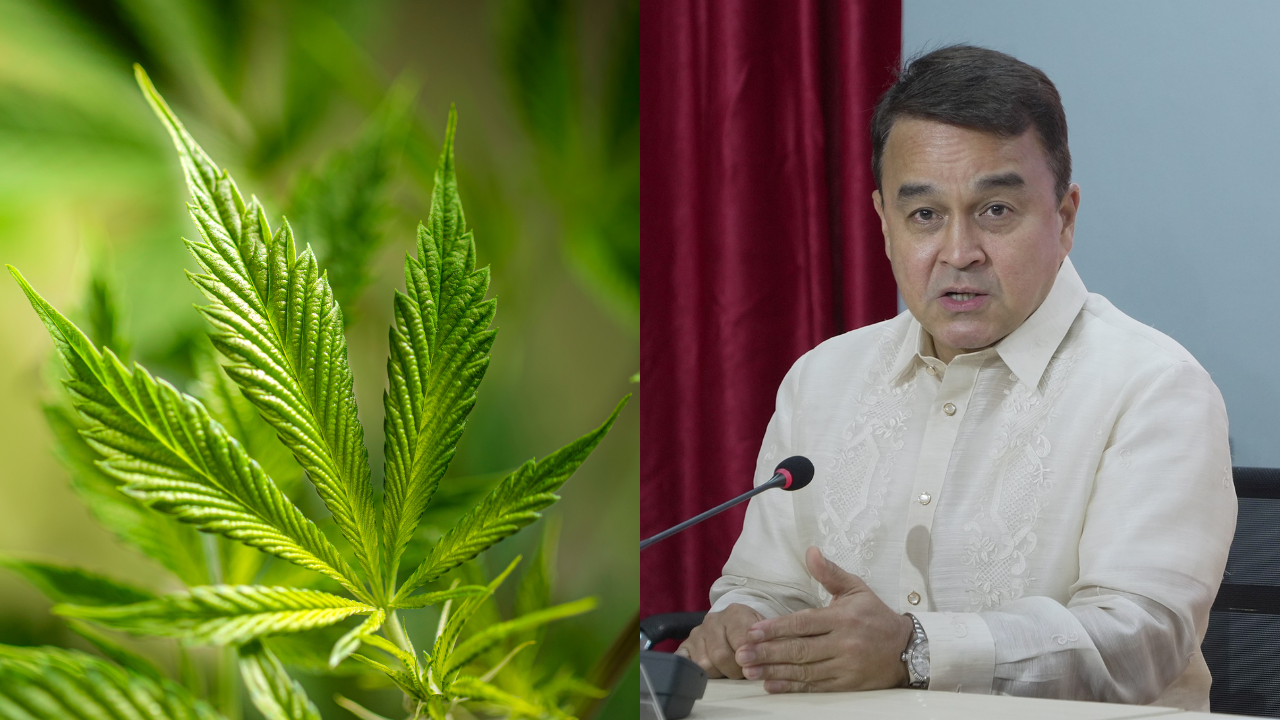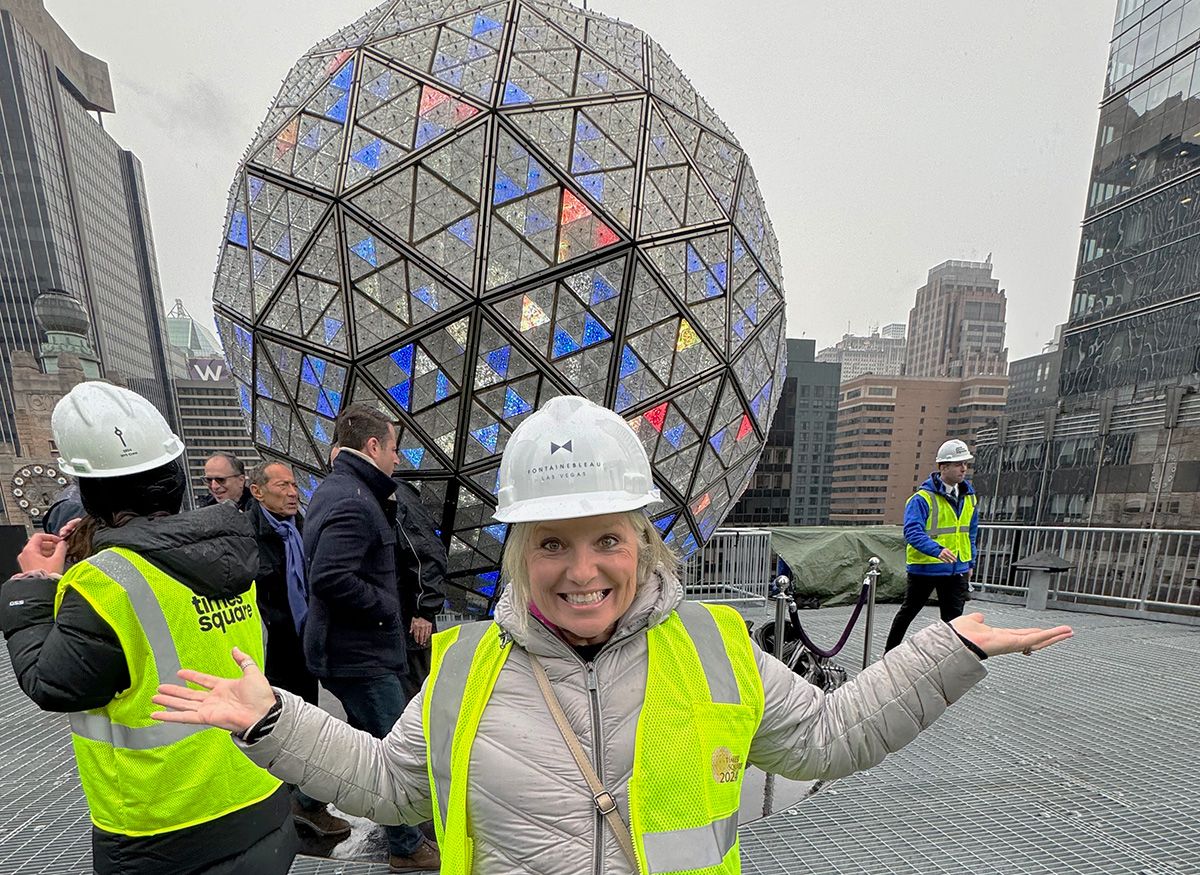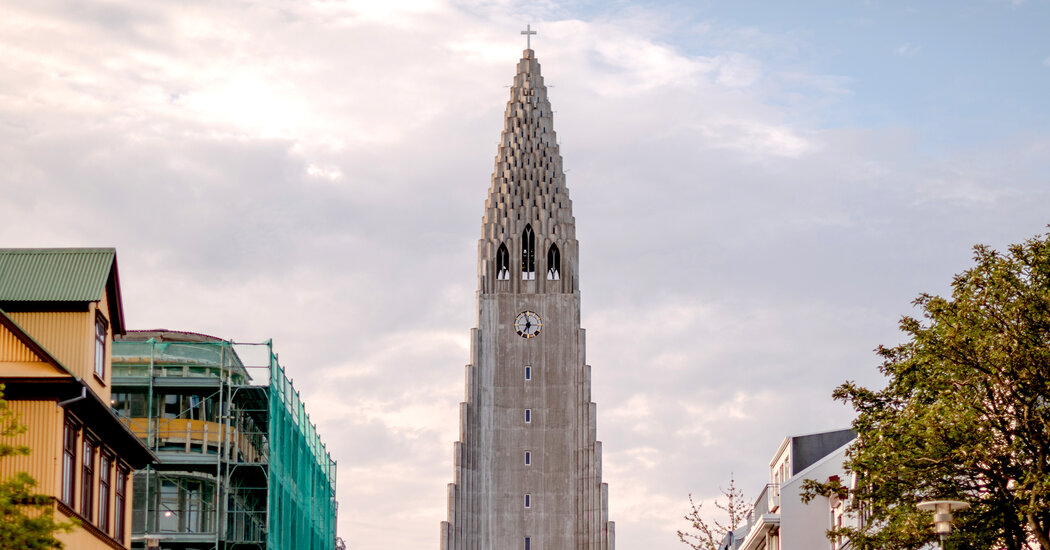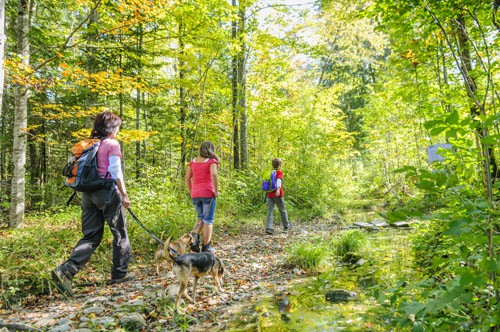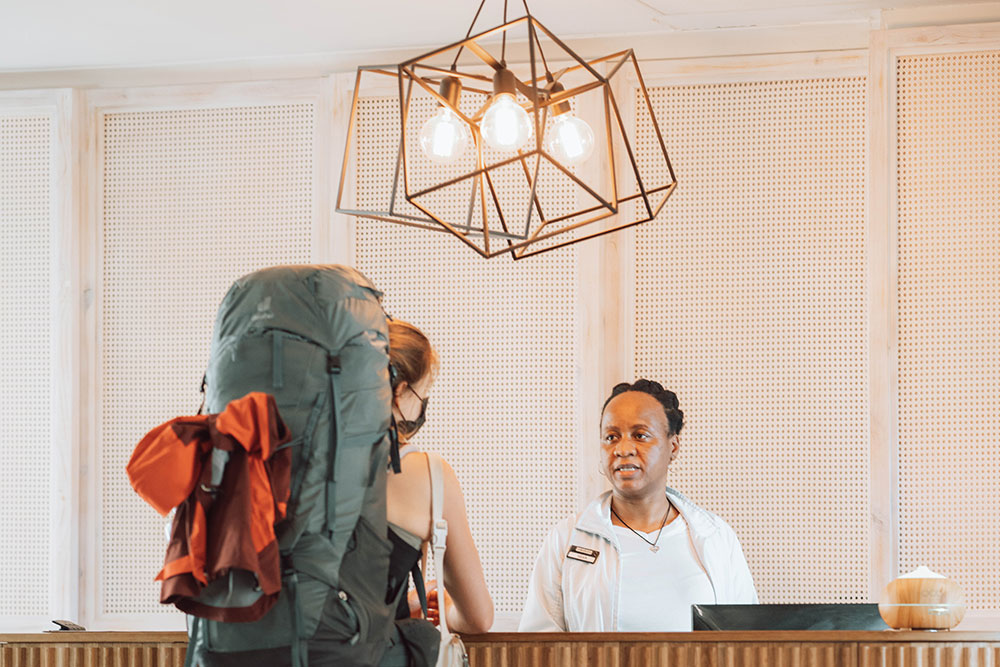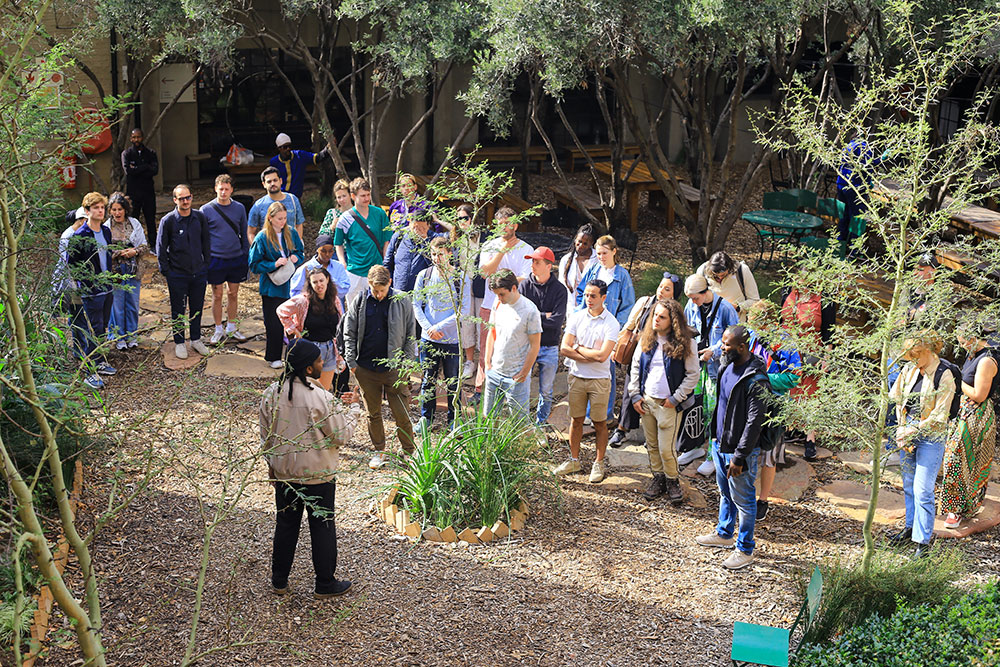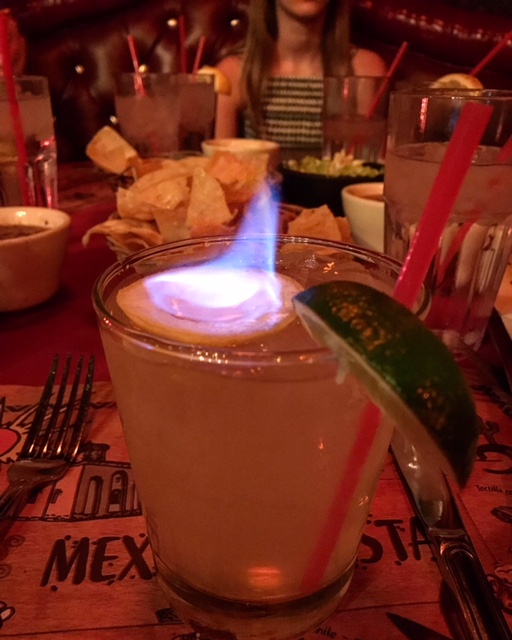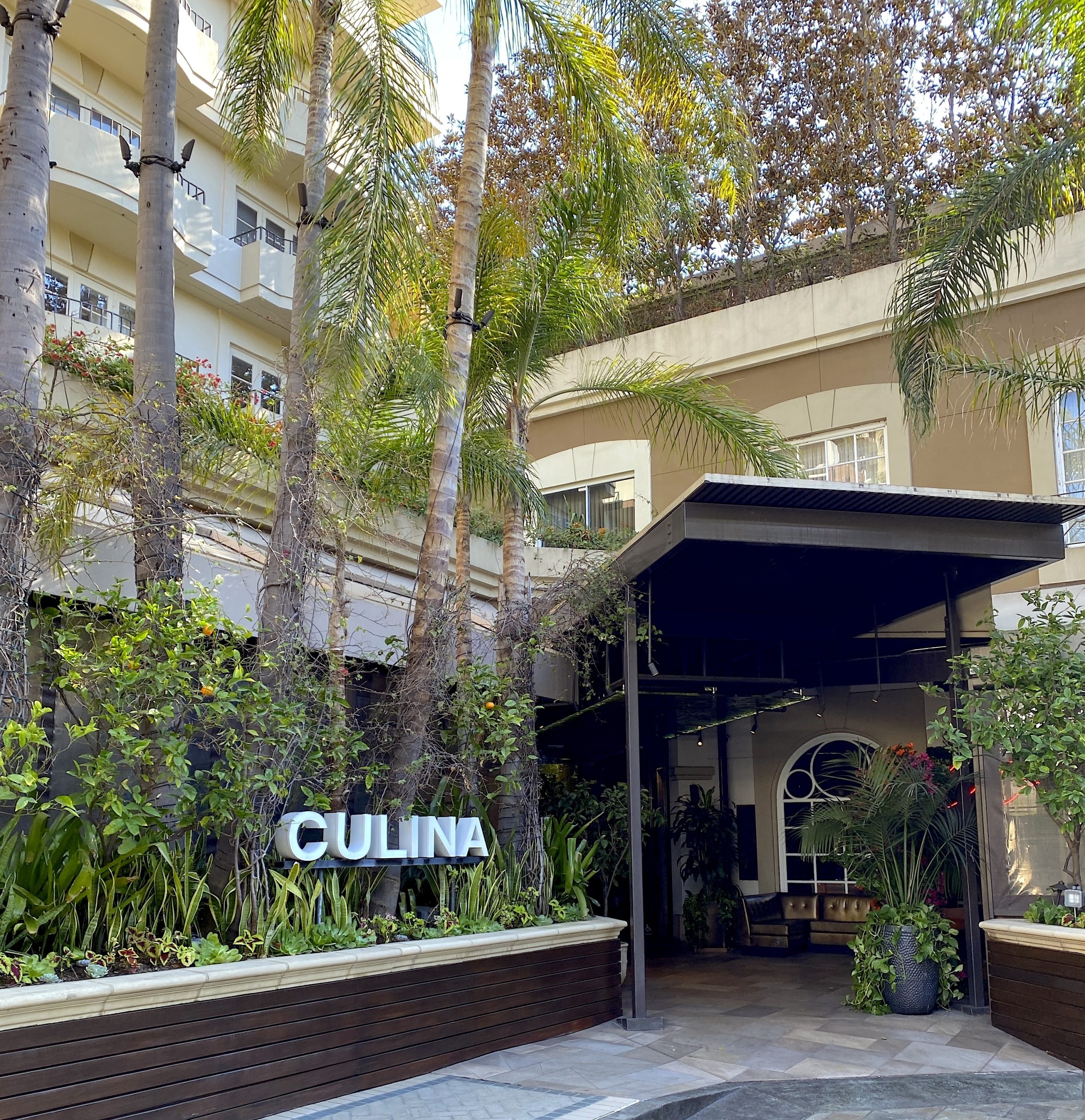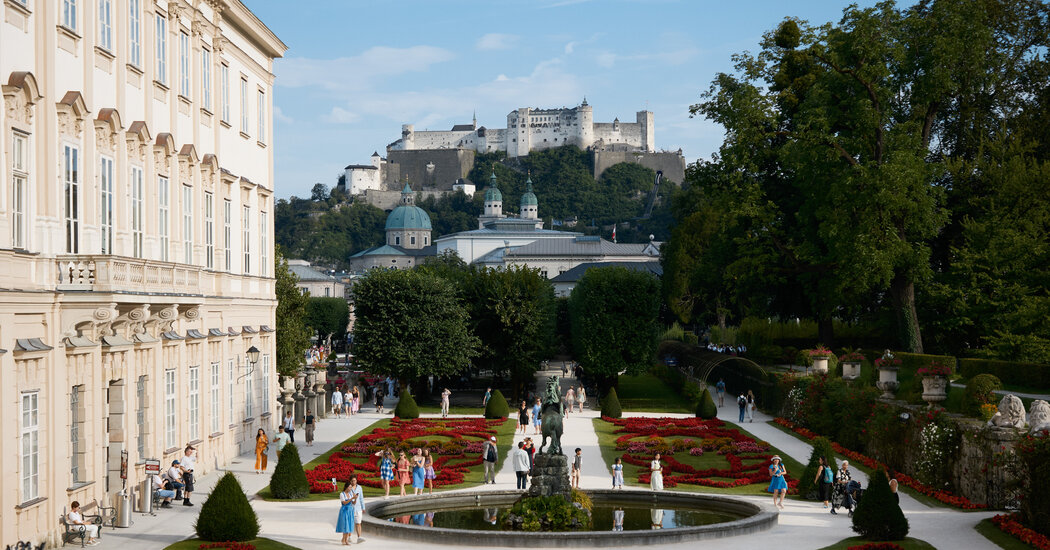
9 a.m. Walk in Mozart’s footsteps, then visit an elegant coffee house
Before getting lost in the Altstadt (Old Town), visit Mozart’s Birthplace, the apartment on the long Getreidegasse alley, where the composer was born in 1756. See the miniature violin Mozart received at 6, intricate set designs from productions of his operas and an immersive installation exploring his “Jupiter” Symphony, his 41st and last. Admission €15, or free with a Salzburg Card. Then, if you’re inspired by the locals in traditional Austrian wear, head to Salzburger Heimatwerk, a tailoring and dressmaking workshop for nearly 80 years. Its wares aren’t cheap (the dirndls are in the €1,000 range) but last a lifetime. If you need a pick-me-up, enjoy a “kaffee und kuchen,” or coffee and cake (about €5 each), at Tomaselli, an elegant coffee house since 1703, adorned with dark wood and oil paintings. Or visit 220Grad Rupertinum, one of Salzburg’s modern specialty cafes.
11 a.m. Meet a lost generation of artists
Usually, visitors are lured to museums by their favorite artists. At the Museum of the Art of the Lost Generation, the walls are filled with works by painters you’ve never heard of. The small museum, opened in 2017, highlights early 20th-century German and Austrian-born artists whose careers were cut short when the Nazis came to power, and rescues their works from obscurity. Many were Jewish artists, or those whose modern styles were labeled as “degenerate” by the Third Reich. Discover Eugen Spiro’s radiant “Portrait of Mela Kempinski,” completed in 1933, before the Jewish artist fled Germany, and the vivid still lifes and outdoor scenes painted by Luise Deicher, one of the first women to study at the Royal Academy of Art in Stuttgart, Germany. The English-language catalog is beautifully illustrated with works you can’t find elsewhere. Admission €14.
12 p.m. Customize the perfect schnitzel
There are many places in Salzburg to enjoy a Wiener schnitzel, Austria’s national dish, but at Meissl & Schadn you can choose how you like the thin, breaded veal cutlet to be fried to golden perfection: in clarified butter, pork lard or vegetable oil. Schnitzels, including a baked celery version for non-meat eaters, from €22 to €26.90. Sides are taken as seriously as the escalopes, too. In addition to classics like wild-cranberry jam, potato salad, cucumber salad and parsley potatoes, you can also order your schnitzel to come with Wiener Garnitur, a condiment made from mashed-up hard-boiled egg, parsley, capers and anchovies (sides, €3.30 to €6.50). If you have room for dessert, check out the exceptionally refreshing gelato at Moritz Eis (€3.50 a scoop) directly across the street.
2 p.m. Feel the wealth and splendor of Salzburg’s prince archbishops
For well over a millennium, Salzburg’s prince archbishops wielded both spiritual and worldly power. At the DomQuartier (€13, or free with a Salzburg Card), a museum complex near Altstadt’s winding alleys, you can bask in the grandeur of the once-powerful rulers, whose reign ended with secularization in 1803. In the Residenz, the archbishop’s palace, stroll through the imposing state rooms, admiring the ceiling frescoes depicting the life of Alexander the Great. Enjoy the royal view from the outdoor balcony that connects the Residenz and the Salzburg Cathedral, whose cavernous nave you gaze down on from its organ loft. The Cathedral Museum, one of two ecclesiastical collections housed in the DomQuartier, includes a version of Hieronymus Bosch’s trippy and terrifying “The Temptation of Saint Anthony.”
4 p.m. Find your favorite things on a self-guided tour of “The Sound of Music”
For better or worse, “The Sound of Music,” the 1965 musical film set in Salzburg, rivals Mozart as the city’s best-known cultural export. Skip the themed tours and save your money by visiting many of the filming locations and real-life historical sites on your own for free. From the DomQuartier, it’s an easy walk to the eighth-century Nonnberg Abbey, where the real-life Maria Kutschera spent two years as a novice before she left to become the von Trapps’ governess. Back in the Altstadt, see the Pferdeschwemme, the distinctive 17th-century horse pond that the von Trapp children marvel at during a carriage ride in the film. Cross the river and continue to the impeccably manicured Mirabell Gardens, whose Pegasus fountain; dwarf garden, featuring stone gnomes; and hedge tunnel were all immortalized in a montage in the Oscar-winning film.
6 p.m. Eat at an ancient restaurant
Understandably, St. Peter Stiftskulinarium, a restaurant that may be more than 1,200 years old, was starting to show its age about a decade ago. Under its current owners, the restaurant, which claims to have first been mentioned in documents in 803, gets a makeover yearly to keep things from getting stale. On warm evenings, sit in the outdoor arcade under domed vaults carved from a mountainside, amid a riot of plants, neon lighting and contemporary art. Its historic dining rooms are beautiful, too, with features like elegant moldings, hardwood ceilings and floors, and walls painted deep green or blue. Try local dishes like tafelspitz, boiled beef served with horseradish and thick bread sauce, among others with Mediterranean and Asian influences, such as blackened tuna with sesame and wasabi. Mains, €25 to €40.
8 p.m. Attend an inspiring performance
Every summer, the Salzburg Festival turns the city into the world’s stage. One of the festival’s main venues is the Salzburg State Theater, a 700-seat playhouse whose jewel-box 19th-century, neo-Baroque auditorium, adorned with gold leaf and red velvet, recently reopened after extensive renovations. Gaze up at the large crystal chandelier and a grand ceiling painting. Outside of the festival, the State Theater puts on roughly 400 performances each season, which runs September through June. Fall highlights include Gioachino Rossini’s opera “Il Viaggio a Reims,” a ballet about the Mexican painter Frida Kahlo and the 1960s musical “Hair.” (Tickets range from €8 to €88.) There’s plenty to see in Salzburg year-round, too: Mozart Week in winter, along with the Salzburg Easter Festival and the Salzburg Whitsun Festival in spring, means you’re likely to find a great performance whenever you visit.
Publisher: Source link
Latest Posts
-
31 July 2025
-
26 July 2025
-
14 July 2025
-
01 July 2025
-
07 August 2025
-
29 July 2025
-
20 February 2025
-
04 February 2025
Newsletter
Sign up for free and be the first to get notified about new posts.
Get The Best Blog Stories into Your icountox!
Sign up for free and be the first to get notified about new posts.

